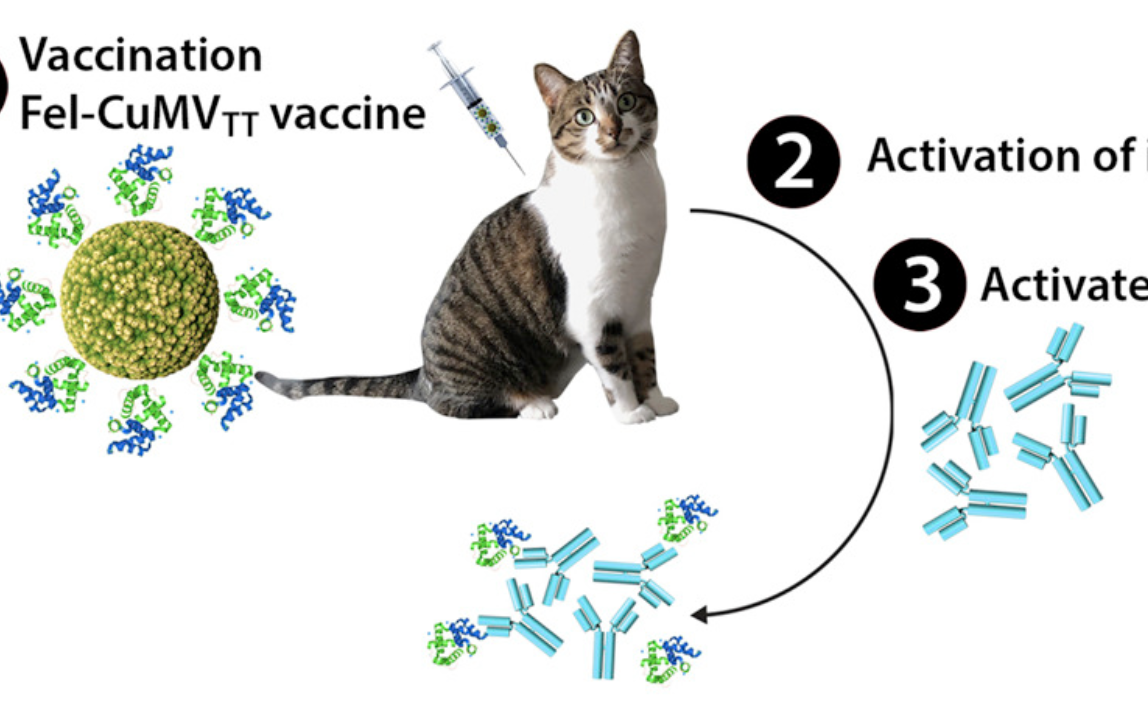Key features and details | |
Cat. No. | MABL-047 |
Name | Anti-CD11b mAbs [M1/70](MABL-047) |
Clone No. | AFD-M1/70 |
From | Recombinant Antibody |
Isotype | Engineer antibody |
Application | functional assays, ICC, IP, Neutralisation, WB, ELISA, FC, IF, IHC |
Species Reactivity | Mouse |
Basic Information | |
Specificity | This antibody reacts with mouse CD11b, the 165-170 kDa integrin alphaM. CD11b non- covalently associates with CD18 to form alphaMbeta2 integrin (Mac-1) and binds to CD54 (ICAM-1), C3bi, and fibrinogen. The Mac-1 CD11b antigen is present on macrophages, granulocytes, natural killer cells, and blood monocytes. CD11b is expressed on 8% of spleen cells, 44% of bone marrow cells, and less than 1% of thymocytes, and is commonly used as a microglial marker in nervous tissue. |
Alternative Name | Mac-1 alpha; CD11 antigen-like family member B; CD11B (p170); cell surface glycoprotein MAC-1 alpha subunit; cell surface glycoprotein MAC-1 subunit alpha; complement component receptor 3 alpha-a; complement receptor type 3; CR-3 alpha chain; integrin alpha-M; leukocyte adhesion receptor MO1; macrophage antigen alpha |
UniProt | A1E2I0 |
Immunogen | This antibody was raised by immunising DA (dark agouti) and Albino Oxford (AO) strain inbred rats with nylon wool-purified B10 mouse spleen cells according to the protocol by Springer et al. (Eur J Immunol. 1978). |
Application Notes | This antibody has been used in FACS analyses, ELISA, immunoprecipitation, immunoblotting, immunohistochemistry (frozen/paraffin), immunocytochemistry, neutralisation and functional assays in numerous studies, for example, to demonstrate that the Hippo, Wnt/beta-catenin, and Notch pathways interact to regulate liver size and inhibit hepatocellular carcinoma (Kim et al., 2017), to understand the role of PD-1 in maintaining islet-specific tolerance in diabetes-resistant strains (Martinov et al., 2016), to examine the effect of interleukin 4-induced gene-1 (IL4I1) overexpression on the expression of M2 markers and M1-associated cytokines (Yue et al., 2015), to demonstrate that the small intestinal gut- associated lymphoid tissues (GALT) are the major early sites of prion accumulation and neuroinvasion after oral exposure in oral prion disease pathogenesis (Donaldson et al., 2015), to evaluate the role of Wnt signalling in the ageing of haematopoietic stem cells in mice (Florian et al., 2013), to investigate the relative contribution of receptors for advanced glycation end products (RAGE)-dependent and RAGE- independent signalling pathways in diabetic nephropathy (Watson et al., 2012), to dissect the role of CD11b in obesity-associated inflammation (Zheng et al., 2015), and to describe a novel approach to efficiently differentiate large numbers of mature inflammatory monocytes from heterogeneous bone marrow cell suspensions (Francke et al., 2011). |
Antibody First Published | Springer et al. Monoclonal xenogeneic antibodies to murine cell surface antigens: identification of novel leukocyte differentiation antigens. Eur J Immunol. 1978Aug;8(8):539-51. PMID:81133 |
Note on publication | Describes the original generation and characterisation of this antibody for the identification of novel murine leukocyte differentiation antigens. |
COA Information (For reference only, actual COA shall prevail) | |
Size | 100 μg Purified antibody. |
Concentration | 1 mg/ml. |
Purification | Protein A affinity purified |
Buffer | PBS with 0.02% Proclin 300. |
Concentration | 1 mg/ml. |
Storage Recommendation | Store at 4⁰C for up to 3 months. For longer storage, aliquot and store at - 20⁰C. |






